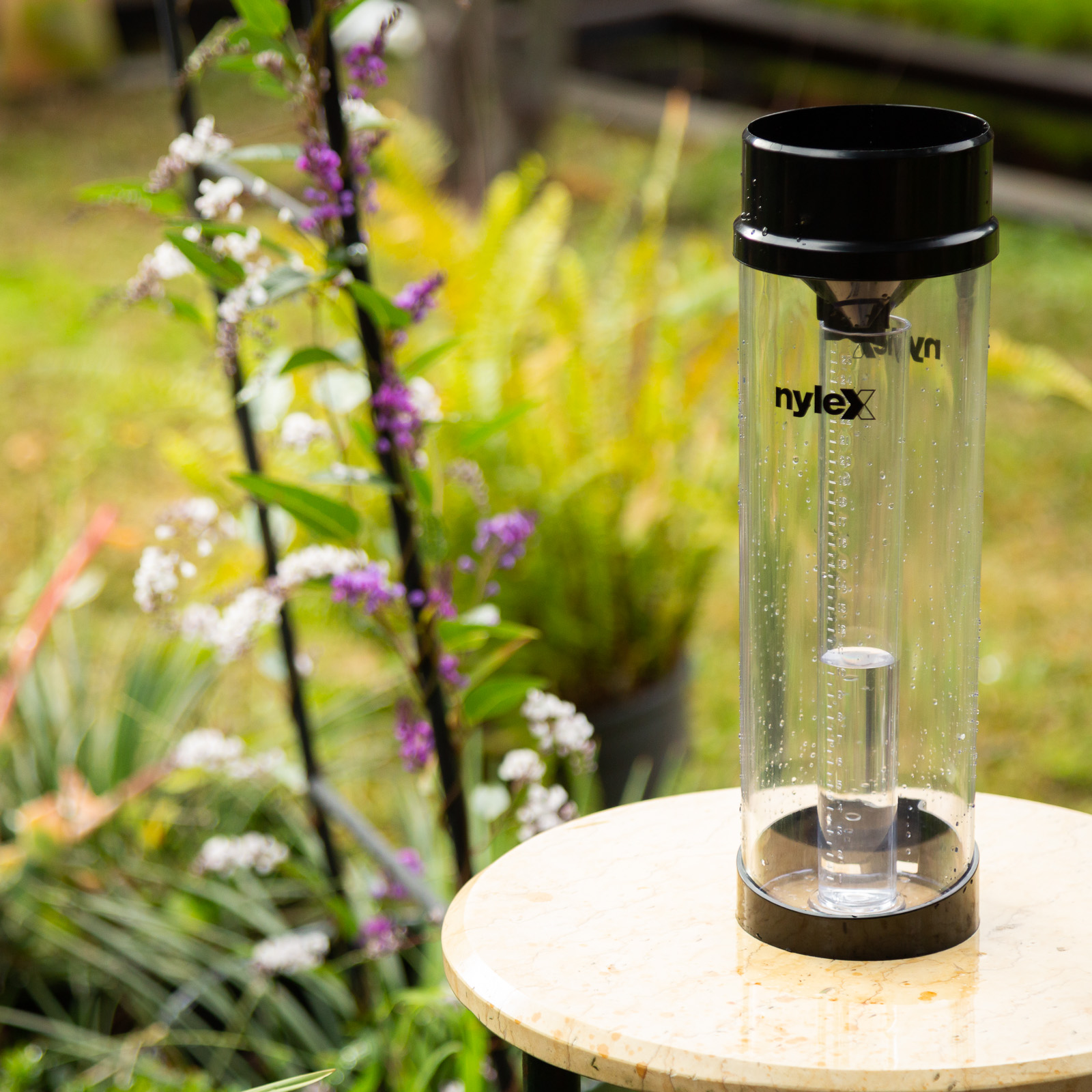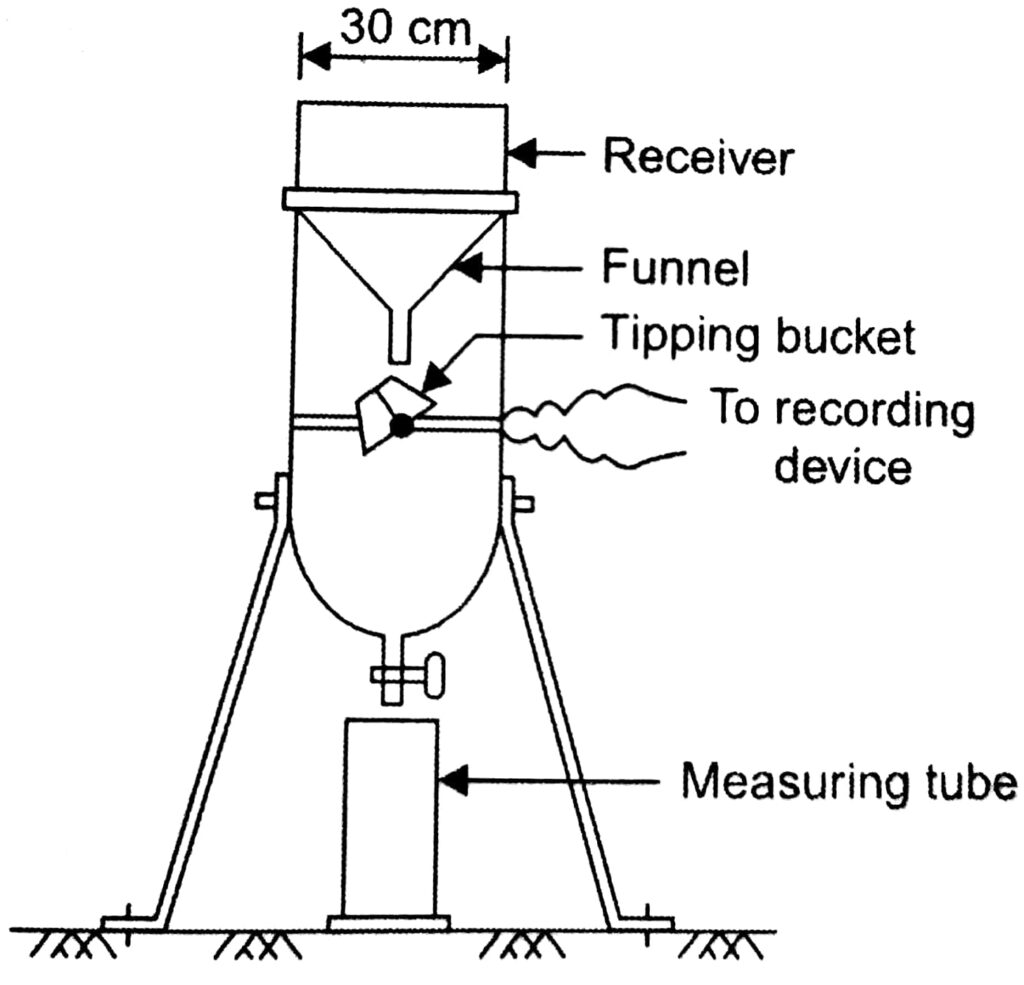Expert Tips for Making Use Of a Rain Gauge to Monitor Resident Weather Conditions
Expert Tips for Making Use Of a Rain Gauge to Monitor Resident Weather Conditions
Blog Article
Revealing the Scientific Research Behind Rain Determines: Exactly How These Instruments Play an Important Function in Climate Study and Environmental Monitoring
Rain assesses, relatively basic gadgets, hold a profound relevance in the world of climate study and ecological monitoring. These humble instruments quietly gather among nature's most essential aspects-- rains. Yet, behind their plain facade lies a complex scientific research that is vital for understanding the dynamics of our setting. As we peel back the layers of this scientific veil surrounding rainfall gauges, we uncover a world where accuracy, information accuracy, and thorough observation converge to reveal a much deeper understanding of our transforming climate and its influence on the planet.
Relevance of Rainfall Gauges
Rainfall assesses play an indispensable duty in monitoring and determining precipitation degrees, supplying vital data for environment research and analysis. These tools are basic in measuring the amount of rainfall that takes place in a details area over a particular period. By gauging and accumulating rain, rainfall determines offer valuable insights right into the distribution and intensity of precipitation, assisting meteorologists, hydrologists, and climatologists in comprehending weather condition patterns and patterns.
Among the essential reasons rain assesses are critical is their capability to offer localized and precise information. Unlike satellite or radar-based measurements, which supply wider observations, rainfall determines offer accurate info particular to the place where they are put. This local data is important for various applications, consisting of flooding projecting, drought surveillance, and water resource administration. In addition, lasting information gathered from rain determines aids in analyzing environment change influences and patterns, adding substantially to clinical study and decision-making processes. Fundamentally, rain gauges act as vital devices in the area of weather forecasting and environmental scientific research, playing an essential role beforehand our understanding of climate and environment dynamics.
Sorts Of Rainfall Gauges

Functionality and Procedure
In the world of environment research and atmospheric researches, the effectiveness of rain assesses depend on their elaborate performance and accurate functional devices. Rainfall gauges are designed to precisely determine the amount of rainfall that drops over a specific area during a set duration. These tools commonly include a channel that gathers rain and networks it right into a measuring tube. The determining tube is marked with calibrated dimensions that enable for the accurate metrology of rains.
The performance of rainfall assesses is based upon the concept of measuring and accumulating rain in a standardized manner. This gathered data is crucial for comprehending local climate patterns, tracking long-lasting environment trends, and assessing ecological impacts. To guarantee exact dimensions, rainfall evaluates requirement to be purposefully placed in open locations away from blockages such as buildings or trees that can conflict with the collection procedure.
The functional facet of rainfall gauges entails normal upkeep to avoid debris build-up, calibration checks to keep dimension accuracy, and information tape-recording for analysis (rain gauge). Generally, the functionality and procedure of rain evaluates are important for collecting reputable precipitation data vital to environment research and ecological tracking
Duty in Climate Research Study
Provided the vital importance of accurate precipitation measurements in recognizing weather patterns and environmental impacts, the role of rainfall evaluates in environment study is crucial. Rain gauges offer crucial data for climate research study by quantifying the amount of precipitation that drops over a certain location throughout an offered duration. This data is vital for checking lasting fads in rainfall patterns, evaluating the impact of climate change on rains circulation, and improving climate versions.

Environment scientists make use of data accumulated from rain gauges to examine variations in rainfall levels, recognize local climate patterns, and review the efficiency of water source administration techniques. By comparing historical precipitation data with present dimensions, researchers can spot shifts in rainfall patterns, such as modifications in the frequency or strength of rains occasions. This information is essential for understanding exactly how climate modification is affecting rainfall dynamics and can assist policymakers make educated decisions regarding adjustment and reduction methods.
Applications in Environmental Monitoring

In flooding forecasting, rainfall scale data helps to track rainfall intensity and circulation, allowing authorities to provide timely cautions and take essential procedures to alleviate flood risks (rain gauge). Drought tracking counts on rain scale data to evaluate dampness degrees in the soil and track precipitation deficiencies, helping you can try these out in the identification of drought-prone areas and the implementation of drought feedback methods
Additionally, rain go to this site gauge data plays an essential role in water resource management by giving details on water schedule and use fads. This information is used to make educated decisions concerning water allocation, preservation steps, and lasting water resource planning. In addition, in agriculture, rainfall gauge information aids farmers in optimizing irrigation schedules, crop selection, and total ranch monitoring practices based upon local rainfall patterns. Overall, rainfall gauges are indispensable devices in environmental monitoring, offering useful understandings that add to educated decision-making and sustainable source administration.
Final Thought
To conclude, rain evaluates are necessary devices for gauging precipitation, offering valuable information for climate study and ecological tracking. With different kinds and functionalities, rainfall evaluates play a crucial duty in recognizing precipitation patterns and their effect on the atmosphere. By accurately determining rainfall, these gadgets add to the development of scientific understanding and assistance in making educated decisions pertaining to water source monitoring and calamity preparedness.
Rain assesses play an important role in monitoring and determining rainfall levels, supplying important information for environment study and analysis. The standard rain gauge, understood as the "tipping pail" scale, is one of the most typically utilized gadgets. Ultrasonic rain gauges use audio waves to find the presence of rainfall, giving real-time information on precipitation degrees.Environment researchers utilize information collected from rain assesses to examine variants in rainfall levels, identify regional climate fads, and review the effectiveness of water resource administration methods.In final thought, rainfall gauges are important my company devices for gauging rainfall, providing valuable information for environment study and ecological monitoring.
Report this page